Researchers have expanded the quantum wave function of a levitated nanosphere, a step toward future tests of quantum physics.
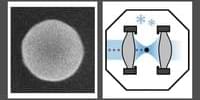


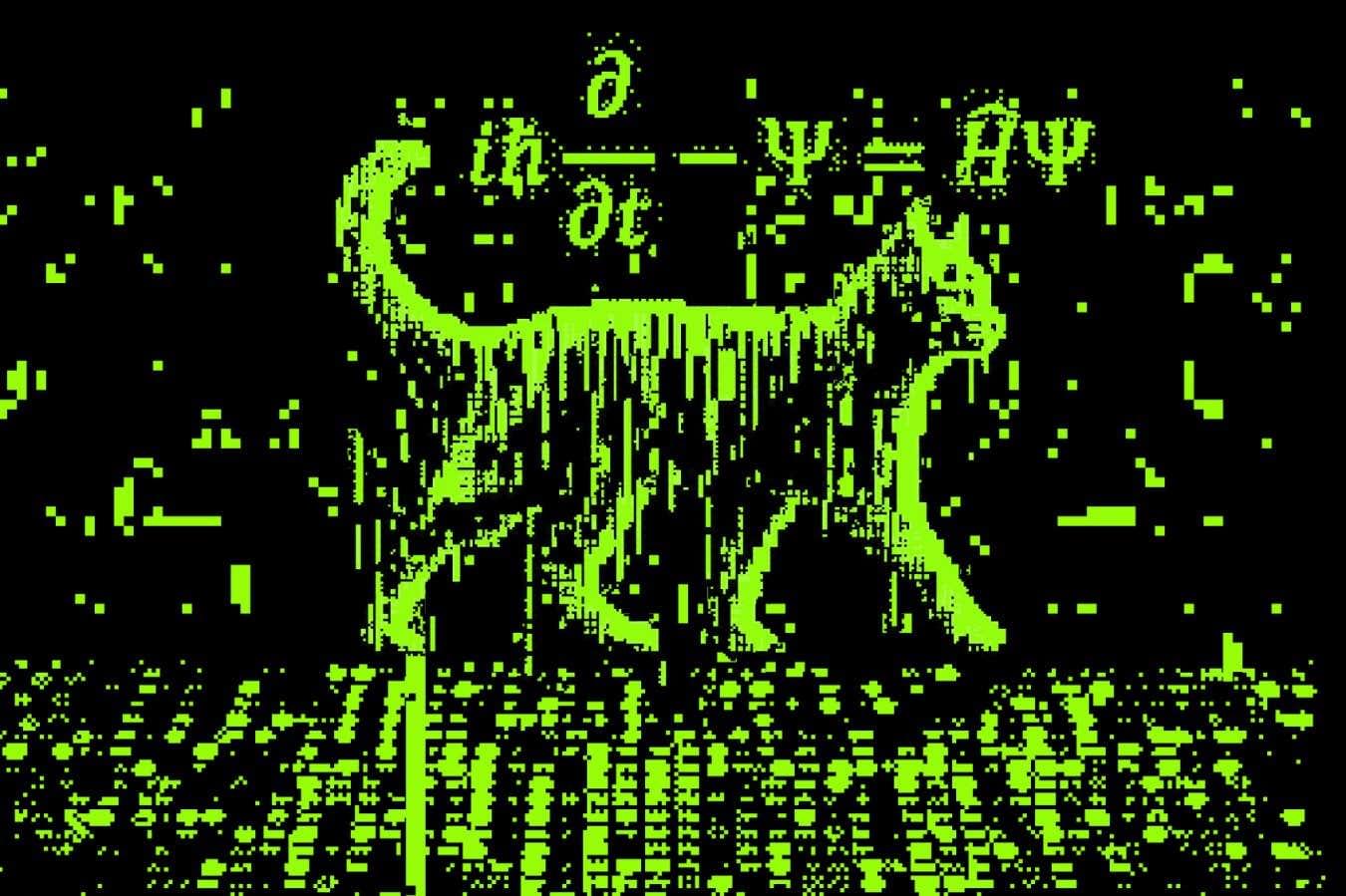

Caltech scientists have created a hybrid quantum memory that converts electrical information into sound, allowing quantum states to last 30 times longer than in standard superconducting systems.
Their mechanical oscillator, like a microscopic tuning fork, could pave the way for scalable and reliable quantum storage.
Quantum Bits vs. Classical Bits.
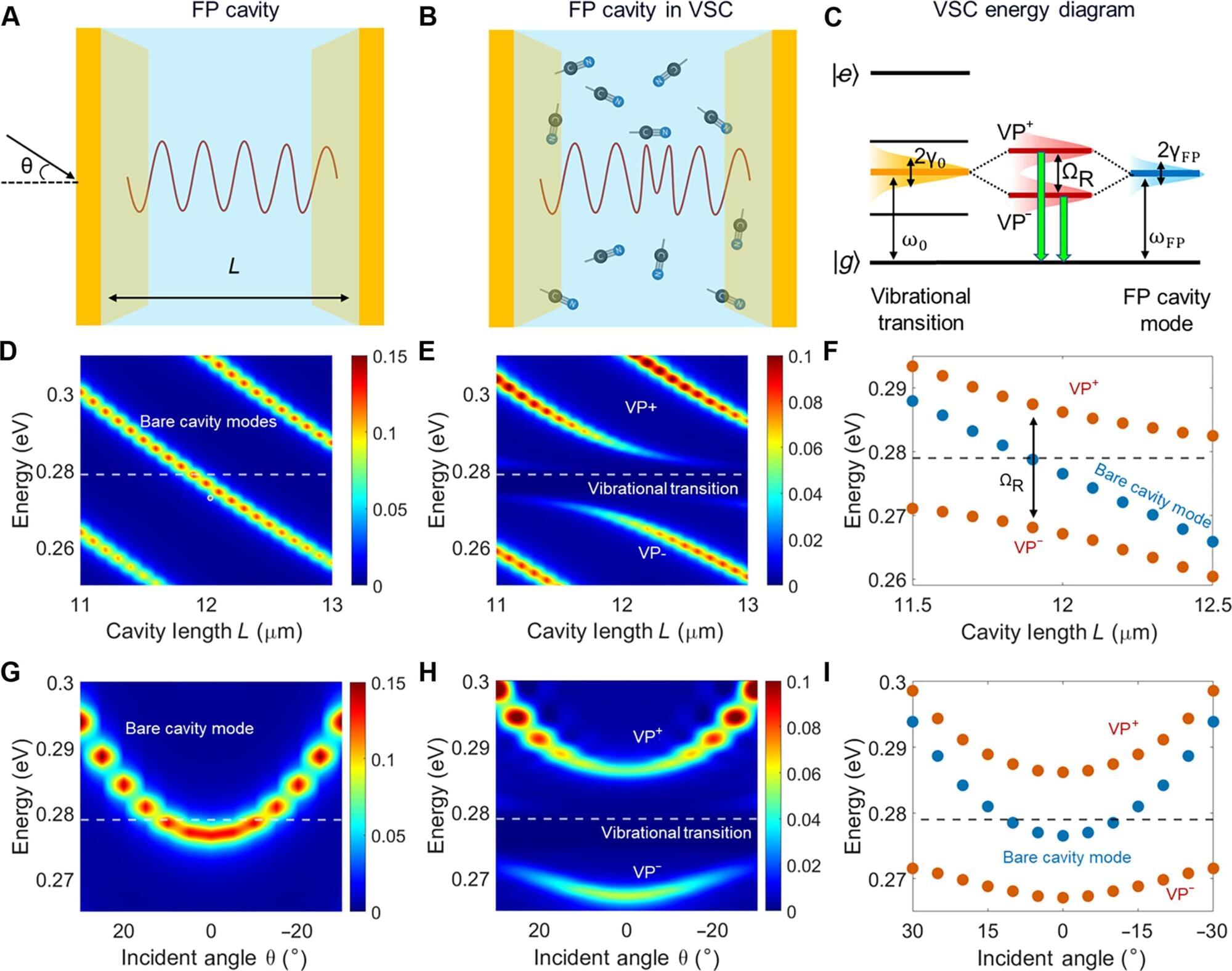
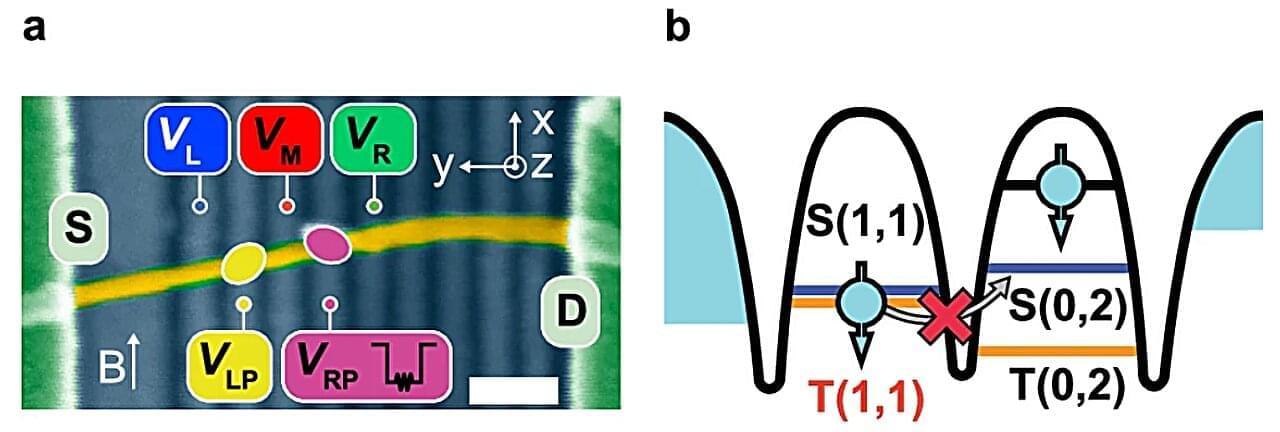
There are high hopes for quantum computers: they are supposed to perform specific calculations much faster than current supercomputers and, therefore, solve scientific and practical problems that are insurmountable for ordinary computers. The centerpiece of a quantum computer is the quantum bit, qubit for short, which can be realized in different ways—for instance, using the energy levels of atoms or the spins of electrons.
When making such qubits, however, researchers face a dilemma. On the one hand, a qubit needs to be isolated from its environment as much as possible. Otherwise, its quantum superpositions decay in a short time and the quantum calculations are disturbed. On the other hand, one would like to drive qubits as fast as possible in analogy with the clocking of classical bits, which requires a strong interaction with the environment.
Normally, these two conditions cannot be fulfilled at the same time, as a higher driving speed automatically entails a faster decay of the superpositions and, therefore, a shorter coherence time.
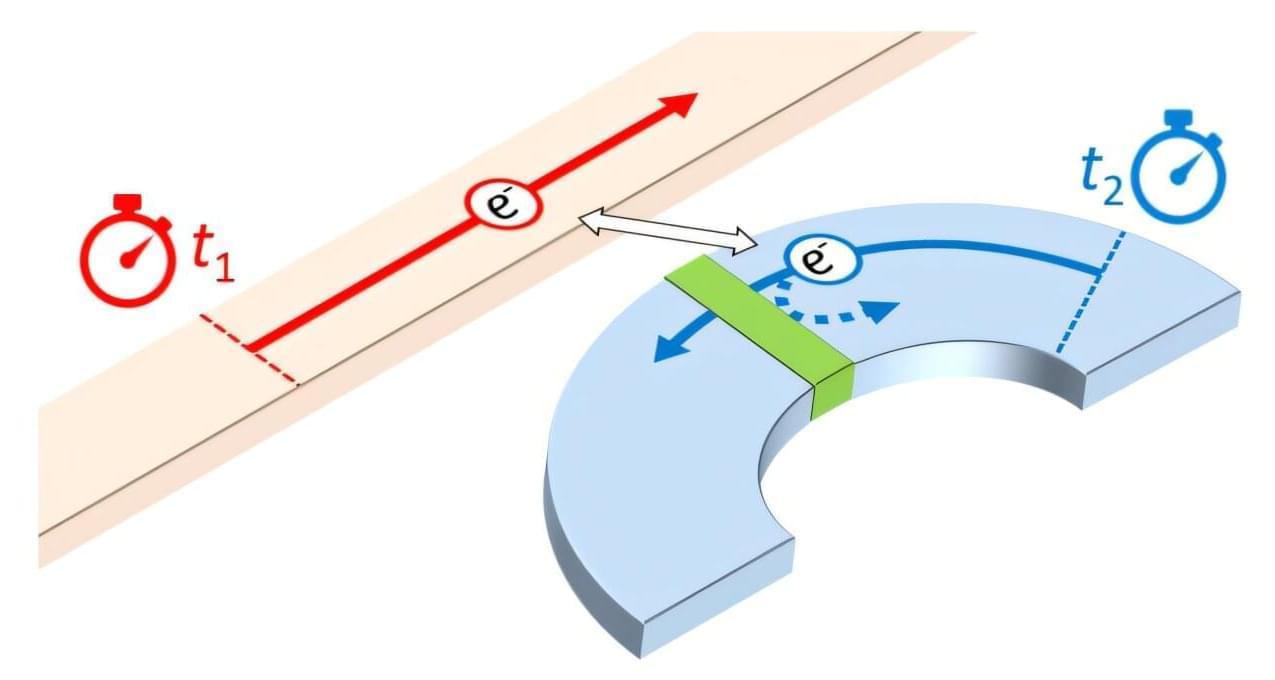
Researchers at NPL have reported a novel high-speed charge sensing method for ballistic electrons, a potentially useful technique in the fields of electron quantum optics, quantum electrical metrology, flying qubit technology, and signal sensing.
The study, published in Physical Review Letters, reveals that the presence of a single ballistic electron can be revealed by tracking the path of another fast-moving “sensing” electron. By steering the paths of these electrons close to each other, the tiny repulsion between them can redirect the sensing electron, like a train switching tracks or cars diverting off a freeway.
When charge sensors are used in quantum devices, they are measured continuously, with each sample long enough to resolve a signal from the noise. The NPL sensing system leverages synchronization between the detector and sensing electrons to achieve extreme time selectivity, only sampling within a minuscule time window and detecting interactions that occur in just 1–2 picoseconds.

Topological quantum systems are physical systems exhibiting properties that depend on the overall connectivity of their underlying lattice, as opposed to local interactions and their microscopic structure. Predicting the evolution of these systems over time and their long-range quantum correlations is often challenging, as their behavior is not defined by magnetization or other parameters linked to local interactions.

Topological spin textures, spatially organized patterns linked to the intrinsic angular momentum of particles, have proved to be highly advantageous for the development of spintronics and quantum technologies. One of the most studied among these textures are skyrmionic textures, which are two-dimensional and stable patterns of spin orientation. Recently, the study of skyrmionic textures has gained significant attention in the field of optics and photonics, revealing novel physical properties and promising potential applications.

Scientists have, for the first time, experimentally proven that angular momentum is conserved even when a single photon splits into two, pushing quantum physics to its most fundamental limits. Using ultra-precise equipment, the team captured this elusive process—comparable to finding a needle in a haystack—confirming a cornerstone law of nature at the photon level.